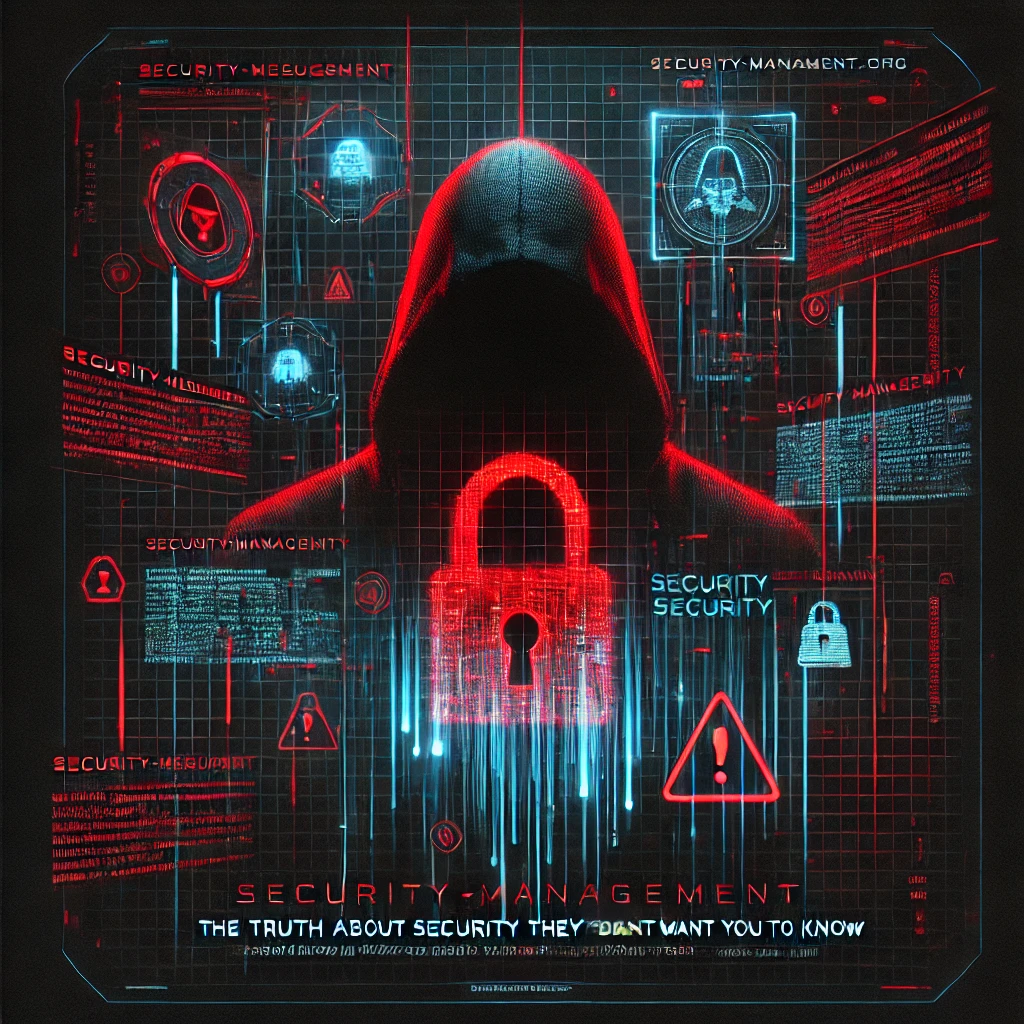AI Security – The Illusion of Intelligence
18/03/25 16:10
The Promise of AI in Cybersecurity (And Why It’s a Lie)
Artificial Intelligence is the ultimate buzzword. It’s everywhere—autonomous systems, fraud detection, network monitoring. Every security vendor claims AI will revolutionize defense, but let’s take a step back.
If AI-driven security is so powerful, why are cyberattacks more effective than ever?
Because AI isn’t solving security — it’s just automating our existing failures.
How AI "Enhances" Security (While Making It Worse)
Here’s what AI-driven security is supposed to do:
✔ Identify threats faster – Sounds great, except that attackers know how to avoid detection.
✔ Automate responses – Perfect, unless the AI locks out legitimate users instead.
✔ Reduce human error – Except AI is trained on human data, meaning it learns human mistakes.
✔ Detect anomalies – But if everything looks like an anomaly, how do you know what to stop?
The truth? AI isn’t magic. It’s just pattern recognition — and patterns can be manipulated.
The Dark Side of AI in Security
While security firms rush to deploy AI, attackers are already using it against them.
🔹 Deepfake Authentication Bypass – AI-generated voices and faces are tricking biometric security.
🔹 Machine Learning Poisoning – Feed an AI bad data, and it learns to ignore real threats.
🔹 Automated Phishing Attacks – AI can generate perfectly tailored emails that no spam filter can catch.
🔹 Self-Evolving Malware – AI-powered malware can rewrite its own code to avoid detection.
AI is not just defensive — it’s also the perfect cyber weapon.
Who Benefits from AI Security? (Hint: Not You)
AI-driven security isn’t making the internet safer — it’s making security vendors richer.
✅ AI-based security solutions cost millions, even if they don’t work as advertised.
✅ Companies trust AI blindly, believing it’s smarter than their own security teams.
✅ Governments use AI to increase surveillance, not protect privacy.
✅ Attackers exploit AI-driven security systems, because what learns can also be misled.
Meanwhile, you’re still vulnerable. Just faster and more efficiently.
The Future of AI in Security – A Battle Between Machines
The next stage of cybersecurity won’t be humans defending against machines.
It will be machines fighting machines while humans watch from the sidelines.
🔹 AI-powered security systems vs. AI-powered malware.
🔹 AI-driven phishing vs. AI-driven threat detection.
🔹 Automated attackers vs. automated defenses.
And in the middle? You. The person hoping AI makes things better, while it quietly makes security more complex, more expensive, and more unpredictable.
The Only Real Security? Intelligence, Not Artificial
If you want real security:
✔ Don’t trust AI blindly—train your security team, not just your machine learning model.
✔ Understand AI’s weaknesses—if it can learn patterns, it can be tricked.
✔ Use AI for analysis, not decision-making—let humans make the final call.
✔ Prepare for AI-powered threats—because attackers won’t play fair.
Because when the next breach happens, AI won’t take the blame.
Read more at Security-Management.org while you still can.

